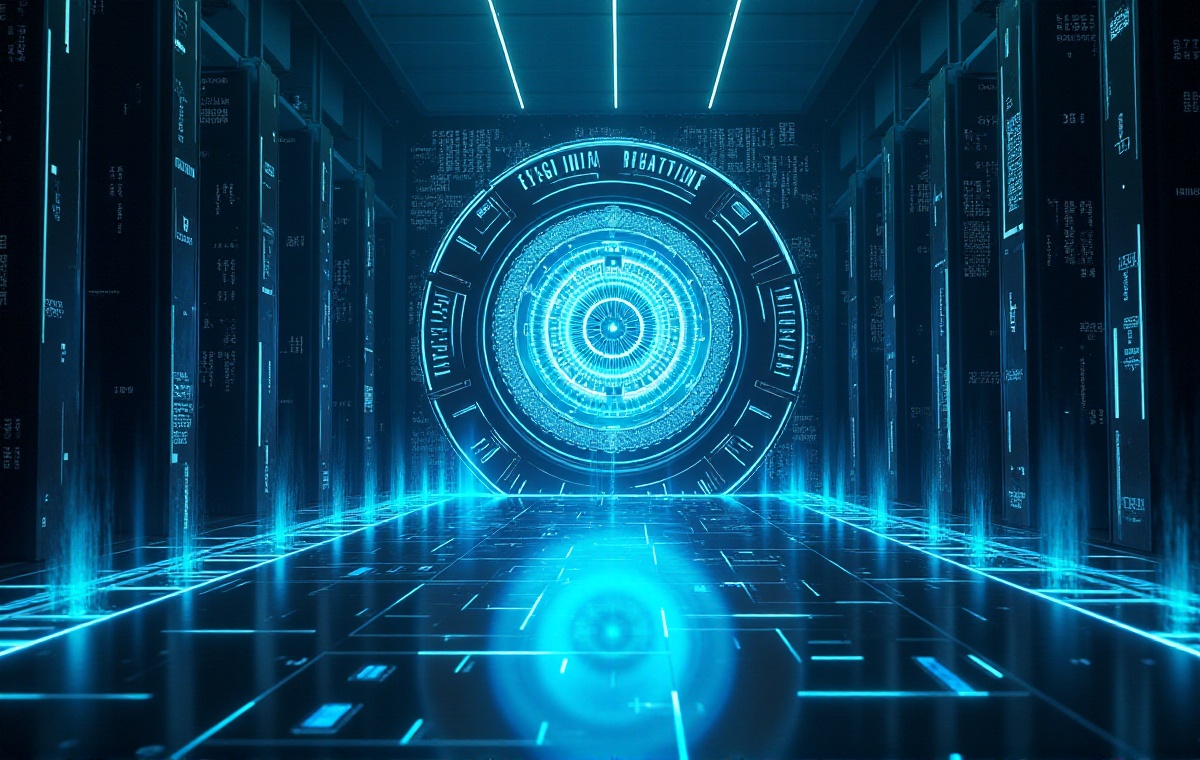Hello everyone, today I'd like to share an interesting topic - IoT development with Python. As a developer who has worked with Python for many years, I find Python's applications in IoT truly fascinating. Let's explore this charming technical world together.
Origin
I still remember my first encounter with IoT development. It was during a smart home project where we needed to process data from various sensors. I was worried about how to quickly implement this complex system until I discovered the "magic tool" Python. You know what? Developing IoT applications with Python is like playing with building blocks - you can create powerful application systems by combining different modules.
Advantages
When it comes to Python's advantages in IoT development, several points stand out:
Clear and Concise Syntax
Python's syntax design is truly ingenious. When I first started training newcomers, I often heard comments like: "I didn't know programming could be so intuitive." Indeed, Python code reads like writing English essays, aligning perfectly with human thinking patterns.
For example, if you want to read data from a temperature sensor, you can write in Python like this:
def read_temperature():
sensor = TemperatureSensor()
return sensor.get_reading()
Isn't this code super easy to understand? That's the charm of Python.
Rich Ecosystem
Speaking of libraries, Python's ecosystem is truly a treasure trove. By my count, there are over 1,000 IoT-related libraries on PyPI (Python Package Index) alone. You can find everything from low-level hardware control to high-level data analysis.
My favorite libraries include: - RPi.GPIO: The standard for Raspberry Pi hardware control - paho-mqtt: Python implementation of IoT communication protocols - numpy: The Swiss Army knife of data processing - pandas: A powerful assistant for data analysis
Applications
Practical Experience
In actual development, I've found Python particularly suitable for rapid prototyping. I remember once we needed to complete a smart greenhouse monitoring system prototype in 48 hours. Using Python, we not only completed the basic functionality but also implemented data visualization and remote control.
Let's look at a specific example:
import paho.mqtt.client as mqtt
from time import sleep
class SmartGreenhouse:
def __init__(self):
self.client = mqtt.Client()
self.sensors = []
def add_sensor(self, sensor):
self.sensors.append(sensor)
def monitor(self):
while True:
for sensor in self.sensors:
data = sensor.read()
self.client.publish(f"greenhouse/{sensor.type}", data)
sleep(60)
This simple code framework can implement a basic greenhouse monitoring system. Isn't that amazing?
Development Trends
Based on my observations over the past few years, Python's applications in IoT show several clear trends:
-
Rise of Edge Computing With increasing device computing power, more computational tasks are being performed at the edge. Python has natural advantages here, especially in machine learning and data processing.
-
Popularity of Microservice Architecture Python's lightweight nature makes it particularly suitable for building microservices. One of my projects uses Python's FastAPI framework to build a microservice system, showing excellent performance.
-
Increased Security Requirements Python's powerful encryption libraries and security frameworks make it easier for developers to implement device security protection.
Suggestions
For those wanting to start with Python IoT development, I have several suggestions:
-
Build a Strong Foundation First, master Python's basic syntax - this is most important. Find programming languages boring? Try starting with a simple LED control project.
-
Understand Protocols Communication protocols are particularly important in IoT development. I recommend deeply learning common protocols like MQTT and HTTP. I learned this lesson the hard way - lack of protocol understanding led to mysterious system problems.
-
Focus on Practice Theory without practice is useless. I suggest getting some basic hardware like Raspberry Pi and various sensors - hands-on practice is the only way to truly understand IoT development.
Future Outlook
Looking ahead, I believe Python has even greater potential in IoT. Particularly with the popularization of 5G technology and development of edge computing, Python's application scenarios will become increasingly widespread. Have you considered that future smart cities and smart factories might all have Python's presence?
Finally, I want to say that Python has made IoT development more accessible, not only lowering technical barriers but also providing more possibilities for innovation. What are your thoughts and experiences with Python IoT development? Feel free to share your views in the comments.
Afterword
Writing this, I suddenly thought of an interesting phenomenon: many people think IoT development is difficult, but with the right tools and methods, it can become as simple as building with blocks. Python is such a powerful tool, allowing us to focus on creativity and implementation rather than getting bogged down in technical details.
These are my thoughts and experiences with Python IoT development. I hope you find this content helpful. Remember, in the programming world, maintaining curiosity and a spirit of practice is most important. Let's continue exploring this field full of possibilities together.


